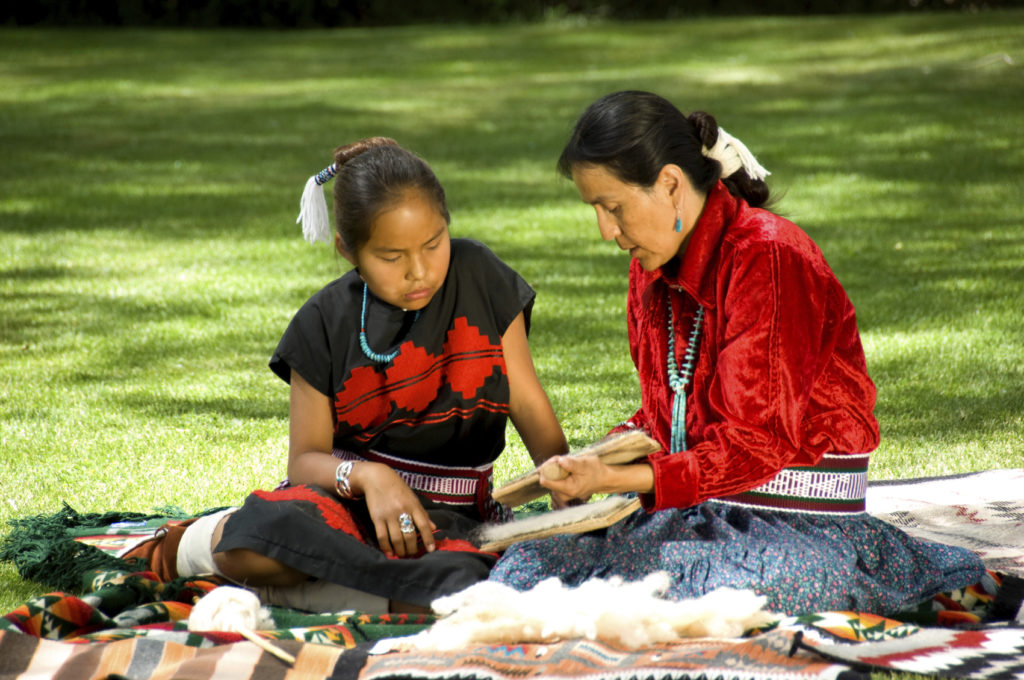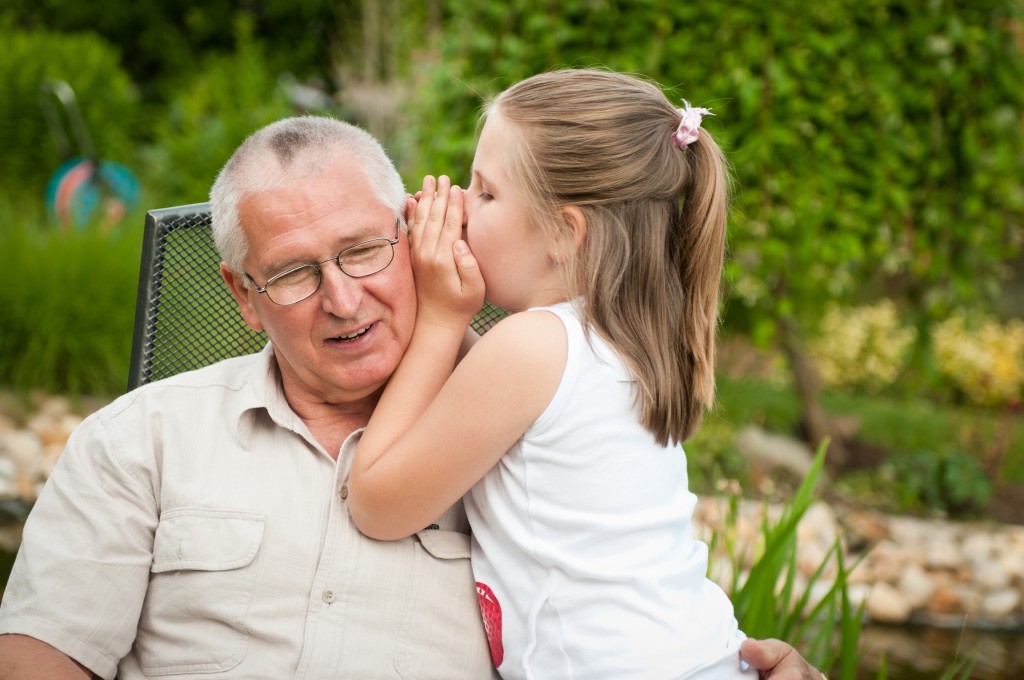Imagine you’re a grandmother or grandfather and your daughter has lived on her own for a long time now. Maybe you have a good relationship with her, maybe you don’t, but she ends up in trouble – a drug addiction, a bad accident or some other tragedy – and can no longer care for your grandson. You haven’t been given time to plan or prepare, but suddenly there’s a caseworker on your doorstep with your grandson in tow asking you to take him in. He’s’ your grandchild, so of course you’re willing, but are you actually able? Do you have the legal relationship that would allow you to manage your grandson’s educational enrollment or immunizations or health care decisions? Did you settle down into a smaller home after your grandson’s parent moved away? Do you earn enough money to support the extra mouth to feed?

These are the questions facing the When thinking of foster care, it’s easy to boil the child welfare system down to two basic steps: First, a child, for whatever reason, cannot be cared for by his parents, and second, the government places that child with a new family. The truth is, however, that foster care is much more like an evolving organism than a simple series of processes. Every year, as data comes back and the various responsible agencies assess their abilities and achievements, the child welfare system is being modified and refined to help find the best possible outcomes for those children who enter it. As a result, child welfare professionals have been listening to kinship caregivers all over the country and are starting to help grandparents and kinship caregivers answer those frustrating yet supremely important questions.
Continue reading →






